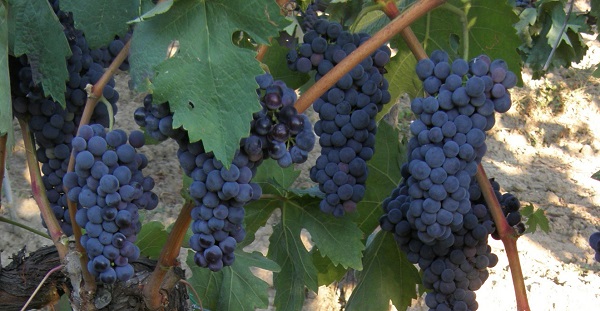Tinta de Toro is the primary grape of the Toro region in Spain.
This Tempranillo clone, is a crucial part of the Toro region's winemaking identity, producing wines that are both rich and expressive.
Tinta de Toro grapes are the foundation of many of the best red wines produced in the Toro DO.
Toro Flavors
Aromas of ripe Red and Black fruits is Toro's hallmark, with hints of Dried Fig, Herbs, Licorice, Anise, and Minerals.
Young Toro offers flavours of Cherry, Blackberry, Plum, and Tomato.
Red Cherry |
Black Cherry |
Tomato |
Blackberry |
Plum |
Fig |
Herbs |
Licorice |
About Tinta de Toro
Key Characteristics of Tinta de Toro:
Blackish-blue grapes with thick skins, known for producing robust, full-bodied red wines with high concentration and deep fruit flavors of red and black fruit, along with floral and spicy aromas.
-
Red wines made with Tinta de Toro are known for their intensity, richness, and ability to age well.
-
Thrives in sandy, well-drained soils and adapts well to the Toro climate.
-
While considered a strain of Tempranillo, Tinta de Toro has developed unique characteristics over time, making it a distinct variety.
DO Toro (1987)
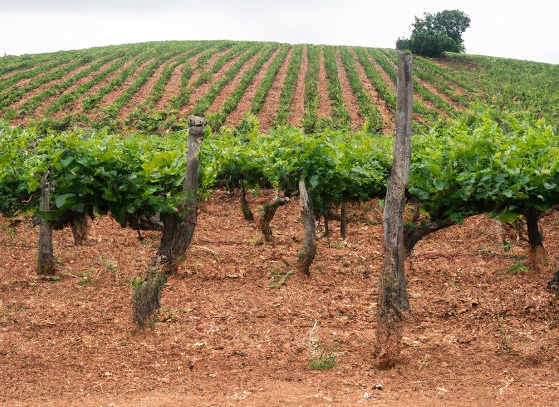
Toro DO is named after the city of Toro (bull). It is located in the dry Castilla y Leon region.
Due to high temperatures, abdundant sunshine and low rainfall the area produces strong, high-alcohol wines.
Toro is well-known for its powerful, full bodied red wines made from Tinta da Toro.
Irrigation is needed from the Duero River that flows through the area.
Tinta de Toro (Tempranillo) is the dominant grape.
Some Garnacha is grown for use in Toro Rosado.
Some Malvasia Blanca and Verdejo for use in Toro Blanco.
Black Grapes | White Grapes |
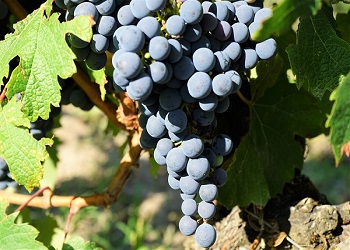
95% Tinta del Toro |
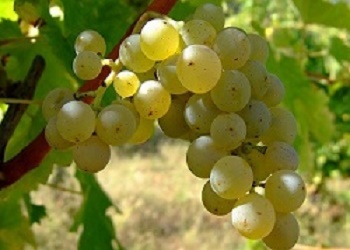
|
Soil
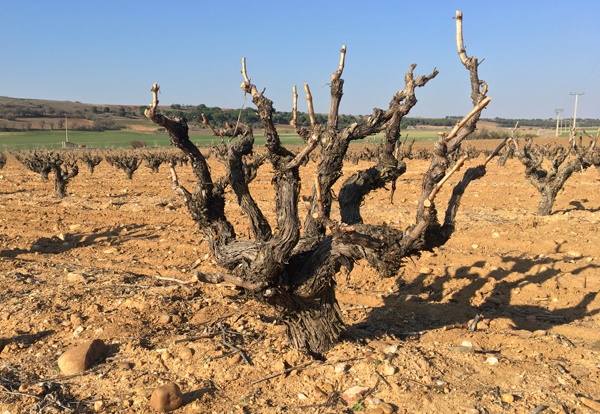
The soil is formed by sediments of sand, clays and lime-bearing puddingstone, which produce a dark lime-bearing topsoil, with fine and coarse sands.
Vineyard area: 5 600 hectares.
Climate
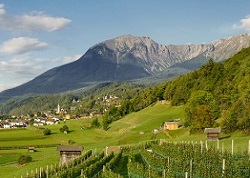
Extreme Continental Climate
Long, hot summers, cold winters.
Low Rainfall (350 mm/year).
Abdundant Sunshine (2.600 h/year).
Irrigation is needed from the Duero River.
Altitudes: 650-825 m.
Strong temperature variations.
–11 to +40°C (12-104°F)
